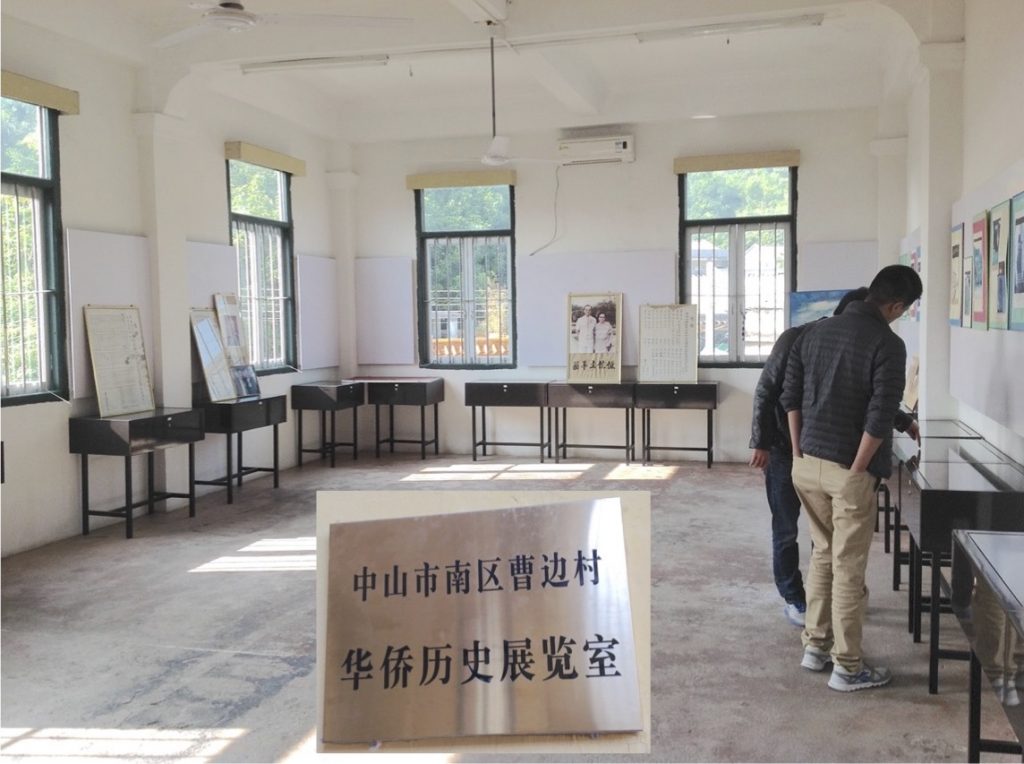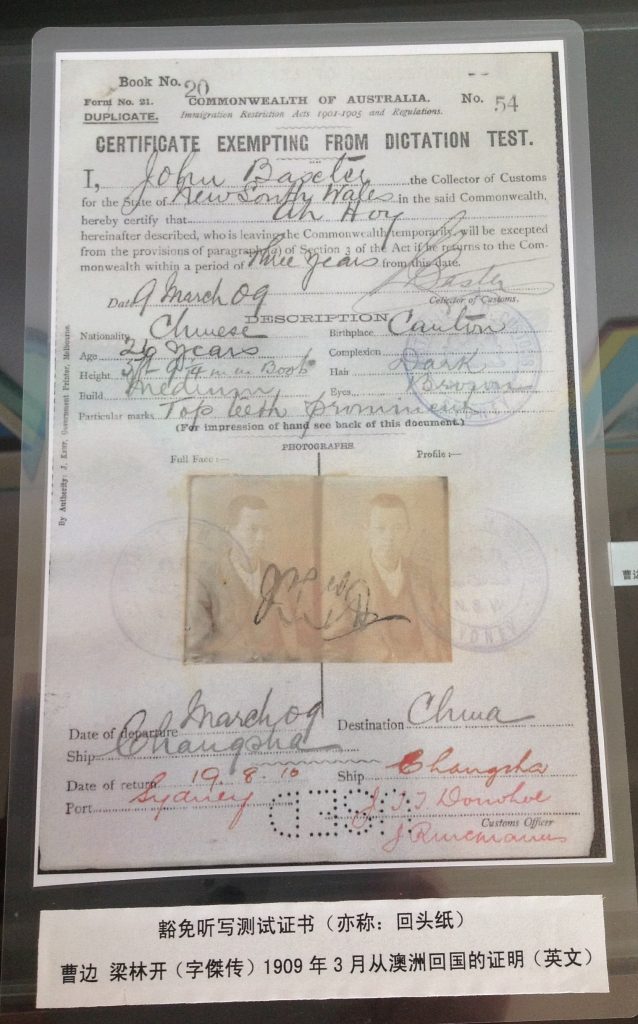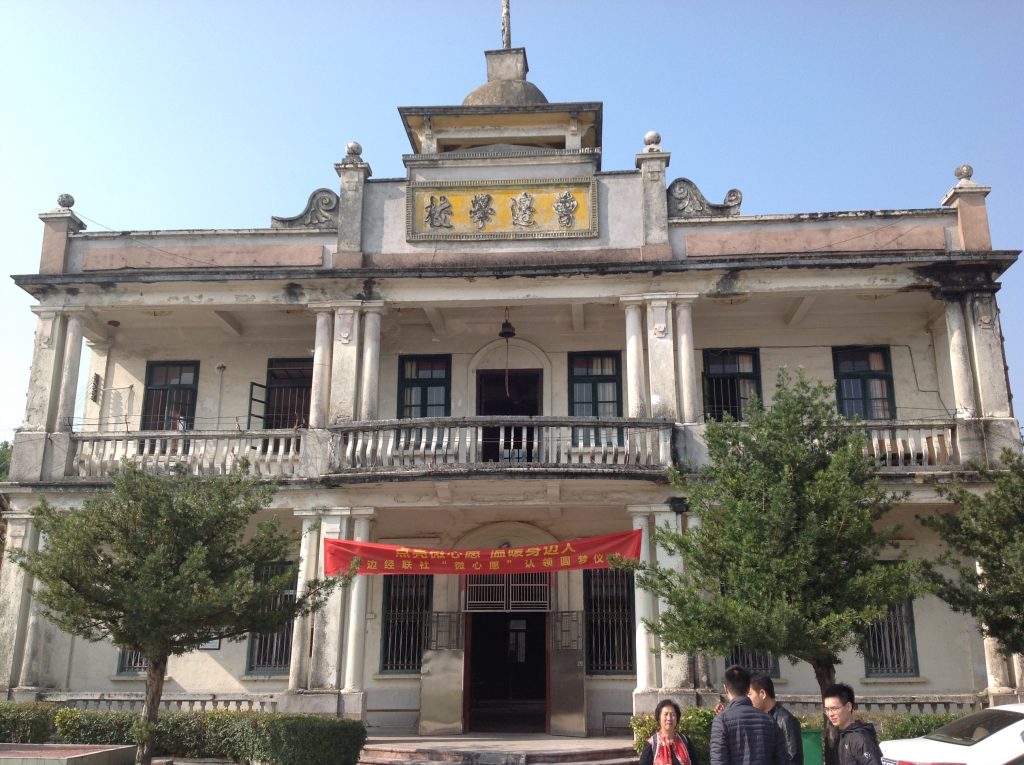
Cao Bian (曹邊) village lies far enough away from fast growing Zhongshan City (中山市) that it is still surrounded by fields and continues to have a traditional small village feel to it. While modern life appears to be passing Cao Bian by for the moment, this village was once central to a network of travel, remittance flows and modernisation that linked it closely with, among other places, northern Queensland.
Proof of this is proudly presented by Cao Bian itself where in a dedicated history room are displayed numerous documents originating in Australia. These documents are CEDT’s (Certificate Exempting Dictation Test, see No. 1), given to Cao Bian villagers in Queensland so that they could return to Australia if they wished without being subject to White Australia’s Dictation Test. Duplicate copies of these same documents are to be found in the National Archives of Australia. (See also No. 7, No. 21 and No. 30)

The village of Cao Bian sent many of its residents to northern Queensland where they worked as market gardens, storekeepers, and on sugar plantations. They remitted money to their families and in the early 20th century they also sent money to erect the impressive building in which the history room is now located. This building was the new village school and at the time represented all that was modern and progressive. It is now the administrative offices for the adjacent high school.

That traces of Australia’s infamous White Australia policy can be found in this small village set amongst the hills and fields of Zhongshan’s South District (formerly Liang Du – 良都) is a reminder that Chinese-Australian history is one that involved and continues to involve people and places in many locations. Around Australia, in the villages of south China, not to mention Hong Kong and Shanghai, is shared a connected history going back at least five generations. A history and a heritage increasingly recognised in both China and Australia.
While on a national level China’s Australia links are often overlooked, at the local level in places such as Zhongshan this is certainly not the case (see No. 33). While in Australia the link with China is more recognised on a national level, local connections have been until recently largely neglected. This is something The China-Australia Heritage Corridor Project of Western Sydney University with its focus on Zhongshan County is pioneering.
For more see:

